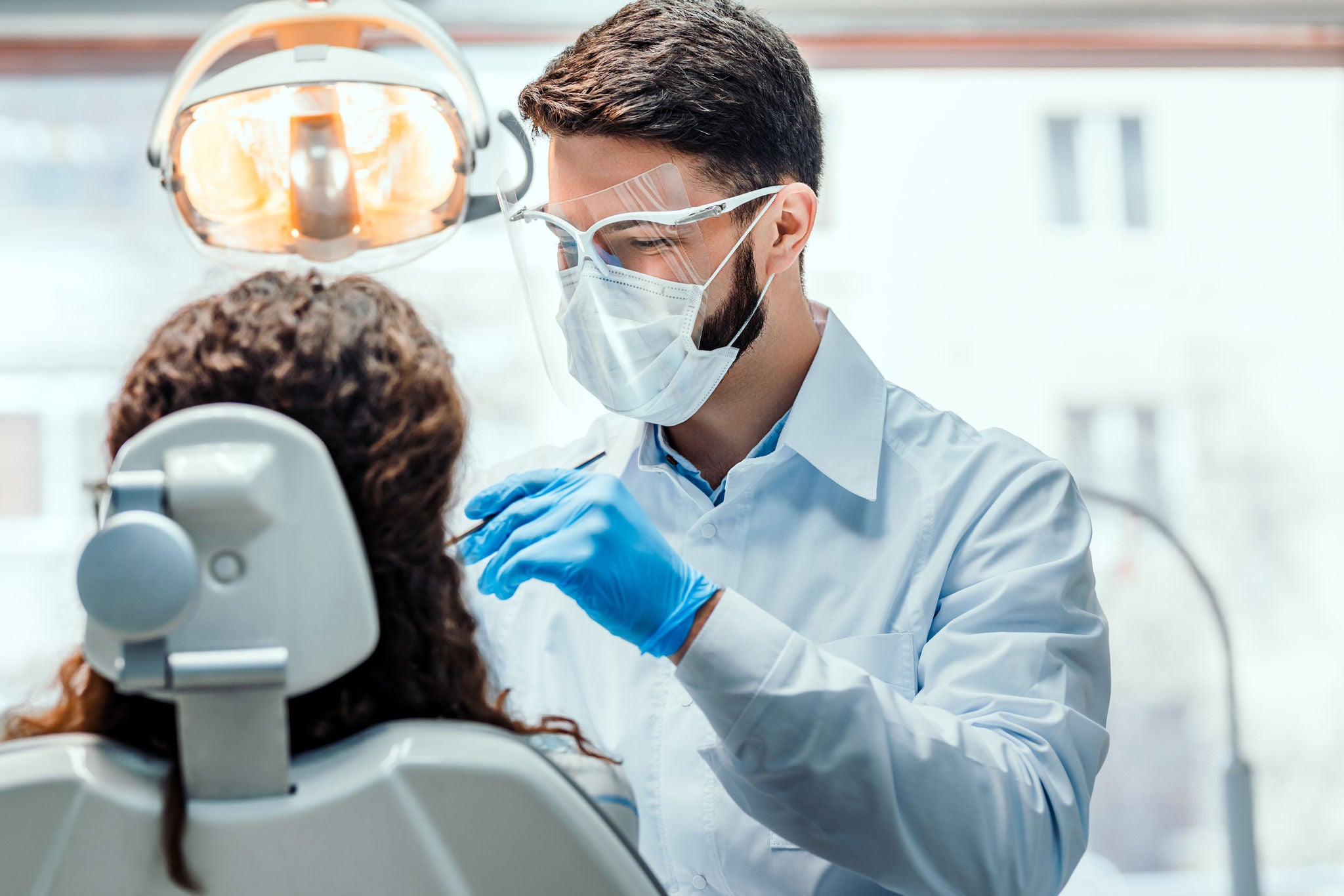
Reviewing the Latest Research on the Connection Between Inflammatory Bowel Diseases and Oral Health
Recent studies on the relationship between inflammatory bowel disease (IBD) and periodontal disease have shown that patients with IBDs also face an increased risk of periodontal diseases.
Here, we will review this connection in order to determine how to accurately inform IBD-suffering patients about their vulnerability to gum disease.

Crohn’s disease
- Description: Crohn’s disease is a chronic inflammatory disease of the gastrointestinal tract most common in western Europe and North America, where it affects 100 to 300 people per 100,000 — though it is becoming more prevalent worldwide. The peak incidence of Crohn’s disease occurs in patients aged 15 to 25 years, but all ages are affected.
- Effect and symptoms: The condition triggers an abnormal immune response that causes excess inflammation in the digestive system. This inflammation most commonly occurs in the intestinal walls in the lower part of the small intestine and portions of the large intestine, but it can occur anywhere in the system. Symptoms of CD may continuously occur and flare up throughout the patient’s life and include persistent diarrhoea, abdominal pain and cramping, loss of appetite, weight loss, and fever. Rectal bleeding is less common but can occur.
- Cause: The cause of Crohn’s disease is currently unknown. There are over 100 genetic markers associated with CD, making it extremely difficult to determine exactly how it’s triggered. The genes that are implicated, however, suggest that a patient’s immunoreactivity to gut bacteria may be a critical component determining the risk of developing the disease. Genetic susceptibility, environmental factors such as smoking, medications, diet, and altered gut microbiota in the host microbiome itself have all been correlated with increased risk of CD. Experts currently believe that interactions between CD-implicated genes and patient environment may facilitate the development of CD by damaging the lining of the patient’s intestine or otherwise perturbing their immune defences into attacking intestinal bacteria.
- Treatment: There is currently no cure for Crohn’s disease. The condition is managed by using various treatments to suppress the overactivity of the intestinal immune system.
Ulcerative colitis
- Description: Ulcerative colitis is a chronic inflammatory bowel disease affecting the colon. It is also most common in North America and western Europe, where it affects 40 to 240 per 100,000 people, but its incidence is increasing worldwide. UC can develop at any age, but most commonly occurs in people between the ages of 15 and 30.
- Effect and symptoms: UC is characterised by the abnormal inflammation of the inner surface of the rectum and, occasionally, parts of the colon. Symptoms commonly include diarrhoea, passing blood, pus, or mucus in stool, weight loss, and abdominal pain and cramping.
- Cause: We aren’t sure exactly what causes UC, as scientists have identified variations in dozens of genes that may be linked to the disease. Many of these genes are associated with the protective function of the intestines, which leads researchers to speculate that UC may be triggered by a breakdown of the barrier between intestinal bacteria and toxins passing through the digestive tract.
- Treatment: There is currently no cure for UC. Current treatment options focus on dampening the large intestine’s immune response and reducing inflammation. Some patients may require colectomy surgery to treat colonic neoplasia or other complications.
Differences between CD and UC
Though CD and UC share many symptoms and risk factors, they are several key differences, notably in where they occur:
- CD can affect any part of the gastrointestinal tract, while UC only affects the large intestine.
- CD can involve up to all four layers of the intestinal wall, while UC only occurs within the inner lining of the colon.
- CD appears in “patches” along different parts of the intestinal wall, while UC affects a continuous section of the bowel.
IBD and oral health: five key findings
Recent studies have revealed several important connections between inflammatory bowel diseases and their increased risk of periodontal disease, including:
1. Both forms of IBD are associated with a higher prevalence of periodontal disease
A 2016 study showed that the pathogenesis of both CD and UC is triggered by complicated interactions between dysbiotic microbiota in the patient and the immune-inflammatory response. Periodontal disease was found to be more prevalent in patients with these characteristic IBD responses.
2. IBD and periodontal disease have several risk factors in common
Multiple studies have shown that IBD and periodontal diseases have several environmental risk factors in common, including smoking tobacco, diet, stress, dysbiosis of the microbiome, general dysfunction of the immune system, and genetic predisposition.
3. IBDs are associated with a significantly higher risk of periodontitis
A systematic review from 2017 demonstrated that patients with IBDs reliably had a much higher risk of periodontitis and poor oral health than patients without IBDs, though this study did not establish a direct causal link between IBD and periodontal disease.
4. IBD alters oral microbiota and inflammatory processes, leading to this increased risk
Another systematic review from 2021 further clarified the relationship between IBDs and periodontitis, determining that IBD patients have an increased risk of developing periodontitis specifically due to IBD-triggered modifications of their oral microbiota and inflammatory processes. Crucially, this study did not find evidence that IBD patients are at greater risk of complications during routine dental care than the general population, though IBD patients taking steroids or other immunosuppressive therapies as part of their treatment may have an increased risk of infection as a side effect.
4. Scientists have found a relationship between periodontal disease, IBDs, and altered cytokine levels in saliva and gingival crevicular fluid
A 2022 study showed that both periodontal diseases and IBDs are associated with increased concentrations of certain cytokines in the saliva and gingival crevicular fluid. These findings mean IL-1β could be a key inflammatory cytokine for understanding the severity of gum inflammation triggered by UC and CD. Furthermore, salivary cytokine IL-17A could be a potential biomarker for understanding how UC could increase the severity of periodontal disease.

